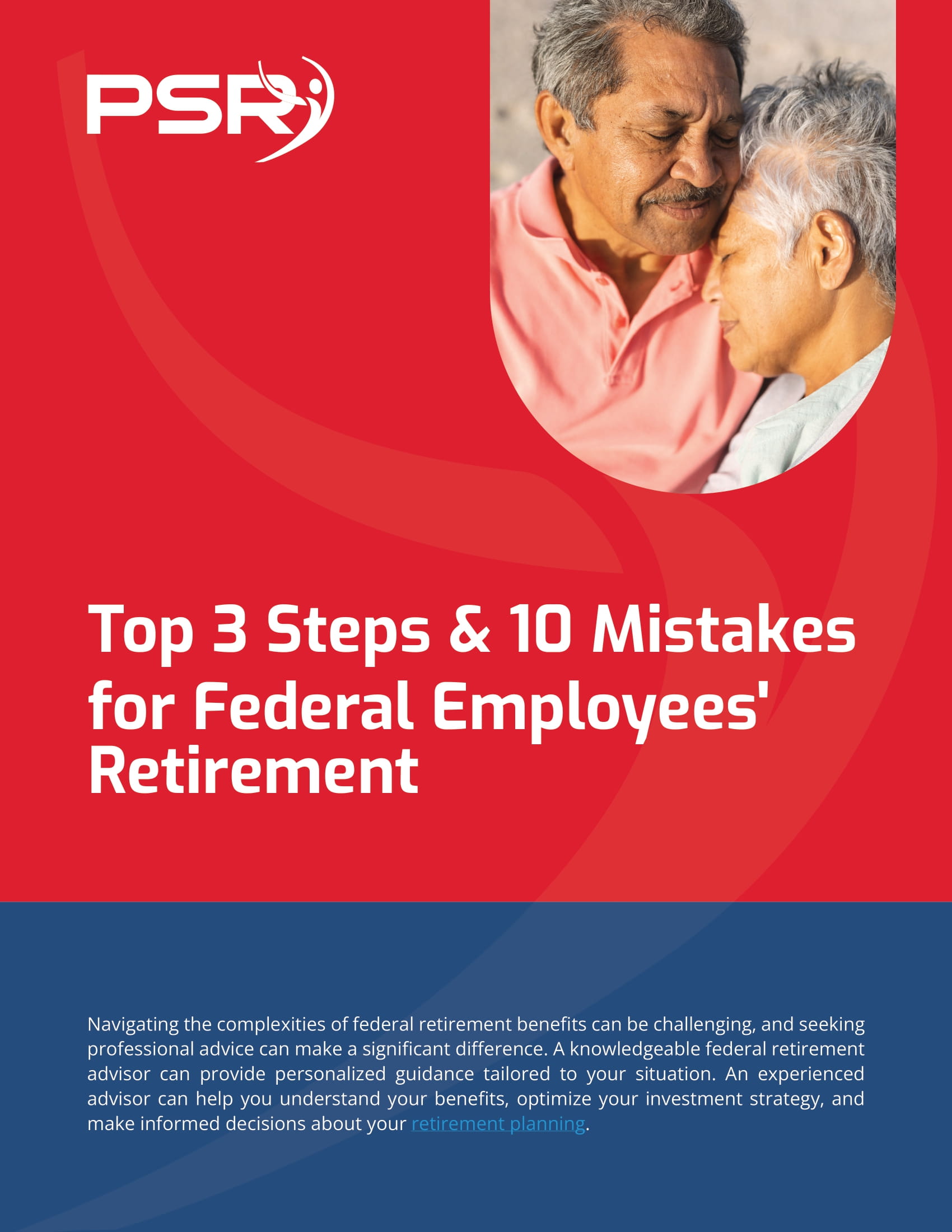Key Takeaways
-
As a postal worker, your transition from daily shifts to retirement in 2025 brings both opportunities and obligations—especially if you qualify for Medicare or rely on the new Postal Service Health Benefits (PSHB) program.
-
Planning early for issues like annuity calculations, Medicare enrollment, and survivor benefits can help you avoid last-minute financial or healthcare complications.
The Questions You Can’t Afford to Ignore
- Also Read: Postal Employees, Big Changes Are Coming to Your Benefits in 2025—Here’s What You Need to Watch Out For
- Also Read: Military Buyback Programs Explained: Here’s How Federal Employees Can Use Them to Boost Their Pensions
- Also Read: Joining Civilian and Military Benefits—Why It’s the Best Move You’ll Make for Retirement
If you’re close to retirement—or even just starting to think about it—you’re likely weighing several important issues. Here are the three questions most postal workers are asking right now.
1. What Happens to My Health Coverage When I Retire?
One of the biggest changes for USPS employees in 2025 is the shift from the Federal Employees Health Benefits (FEHB) program to the Postal Service Health Benefits (PSHB) program. This affects both active employees and retirees.
What You Should Know:
-
You must enroll in a PSHB plan during Open Season, typically held from November to December each year.
-
If you’re already enrolled in an FEHB plan, you’ll be automatically moved to a corresponding PSHB plan—but you still need to review the new plan options to ensure they meet your post-retirement needs.
-
Medicare coordination is now required for many retirees. If you turn 65 in 2025 or are already Medicare-eligible, you may be required to enroll in Medicare Part B to maintain your PSHB coverage.
Exceptions and Deadlines
-
If you retired on or before January 1, 2025, and aren’t already enrolled in Part B, you’re exempt from the new requirement.
-
Employees who were 64 or older on January 1, 2025, are also generally exempt.
-
The Special Enrollment Period for Medicare Part B ran from April 1 to September 30, 2024. If you missed that, late enrollment penalties may apply.
Cost Considerations
While PSHB plans offer benefits like lower deductibles and coordinated pharmacy benefits for those with Medicare, monthly premiums, deductibles, and out-of-pocket costs still vary significantly depending on the plan.
2. How Do I Make Sure My Annuity Is Calculated Correctly?
Your retirement income depends heavily on your FERS annuity. Understanding how it’s calculated helps you plan more precisely.
Key Components:
-
High-3 Average: This is the average of your highest-paid three consecutive years. Many postal workers use their last three years, but that isn’t always the case.
-
Years of Service: Your service time, including any unused sick leave that counts toward retirement, determines your annuity multiple.
-
Multiplier: Most postal employees under FERS use a 1% multiplier, but if you retire at age 62 or older with at least 20 years of service, a 1.1% multiplier applies.
Watch Out For This in 2025:
Legislation proposed in January 2025 seeks to exclude locality pay from the ‘high-3’ calculation. If passed, your annuity could be lower than expected if you work in a high-cost area. Stay updated and speak with a retirement specialist if you’re in this situation.
Supplement Ends at 62
The FERS Annuity Supplement, which bridges the gap until you claim Social Security, ends at age 62—even if you delay claiming your Social Security benefits. You’ll need to plan accordingly to avoid a sudden income drop.
3. What About Survivor Benefits?
This is often overlooked, but planning for your survivors can be just as important as planning for yourself.
What You Need to Decide:
-
Whether to elect a survivor annuity: This allows your spouse or other eligible beneficiary to receive a portion of your annuity after you pass.
-
The amount: You can typically choose between 25% and 50% of your full annuity. The higher the percentage, the more it costs in monthly reductions.
-
How to coordinate with life insurance or Social Security spousal benefits.
Other Factors:
-
Court Orders: If you’ve divorced, a court order may require part of your annuity to go to your ex-spouse.
-
FEGLI: If you maintain life insurance coverage under the Federal Employees’ Group Life Insurance Program into retirement, your survivors may have additional support.
-
TSP Beneficiaries: Make sure your Thrift Savings Plan beneficiary designations are current. TSP doesn’t automatically follow your will.
Make Time Work in Your Favor
It’s never too early—or too late—to plan effectively. Here are a few timelines to keep in mind if retirement is approaching:
-
90 days before retirement: Submit your retirement application.
-
60 days before retirement: Make any last-minute changes to FEGLI or TSP contributions.
-
45 days before retirement: Verify your service history with HR to ensure accurate credit.
-
30 days before retirement: Contact Social Security if you’re planning to apply at 62.
If you’re further out—say, five to ten years—use this time to:
-
Track your service time and leave accruals.
-
Maximize your TSP contributions (the 2025 limit is $23,500 plus a catch-up contribution).
-
Monitor legislative changes that could affect your benefits.
Where Healthcare, Income, and Legacy Intersect
These questions don’t have one-size-fits-all answers. They involve trade-offs between healthcare coverage, income stability, and family legacy planning. In 2025, with regulatory changes and healthcare transitions in full effect, it’s even more important to get a personalized strategy.
Don’t assume what worked in 2024 or prior years still applies. You may find that:
-
Your old FEHB plan is gone
-
Your Medicare obligations have changed
-
Your annuity projections are lower due to legislative reform
Before You Clock Out for the Last Time
Retiring from the Postal Service in 2025 means more than turning in your badge—it’s about securing your future. The three questions discussed here should serve as a checklist for the months leading up to retirement.
Before you finalize your retirement paperwork, take time to evaluate your health coverage, income planning, and survivor options. A licensed agent listed on this website can walk you through the details and help you make informed decisions with confidence.










